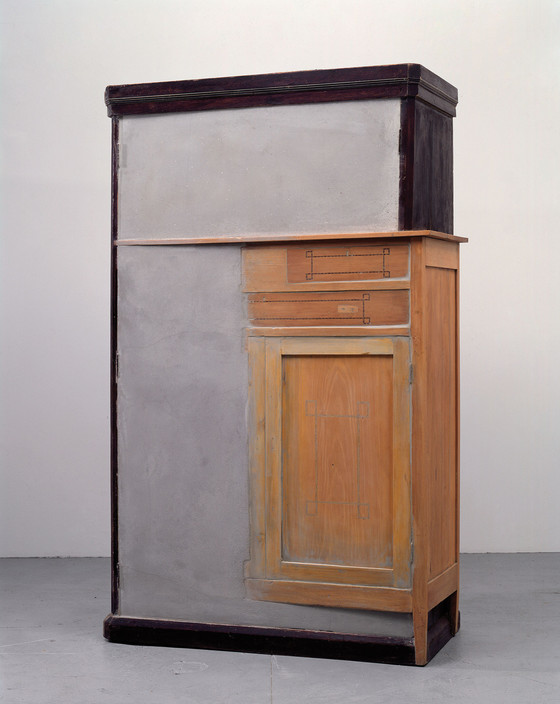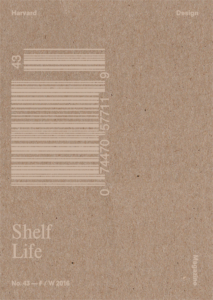Socks and Stocks
As a young boy, Walter Benjamin liked to play in the wardrobe of his family’s home. In the closet’s back corner, piles of socks were mated and stored in “traditional fashion,” each pair rolled up and turned inside out to form a soft ball. “For me,” he wrote in Berlin Childhood around 1900, “nothing surpassed the pleasure of thrusting my hand as deeply as possible into [the sock’s] interior” in search of “the little present”—the sock hidden within itself. His probing fingers would then tease out the sock until “‘the pocket’ in which it had lain was no longer there.” Like a magician astonished by his own trick, Benjamin would repeat this unpocketing ritual obsessively, enthralled by the simultaneity of disappearance and reveal. “It taught me that form and content, veil and what is veiled, are the same.”
This issue of Harvard Design Magazine follows Benjamin into the wardrobe—and into the depths of those socks—to investigate and unpack the contents, containers, and systems of storage that organize our world. Storage is the aggregation and containment of the material and immaterial stuff of culture; but also the safeguarding—or hoarding—of energy and tools for some imagined future purpose. How does all this stuff mask or overcompensate for economic and ecological bankruptcy? Is storage about greed or need? Storage, perhaps, is everything we can live without but insist on living with.
In this era of online commerce, “brown paper packages tied up with string” still seem to be our “favorite things”—and the logistics of their journeys have become a seemingly fluid part of life. Vast portions of the landscape are claimed and governed by spaces of storage, their maintenance, and the goods that move through them—or remain buried within them indefinitely.

So what’s inside the box (shed, tank, urn, vault, crypt, crate, case, pot, bag, vat, morgue, safe, bin, archive, warehouse, cabinet, cellar, cemetery, depository, locker, freezer, landfill, library . . .)? And what particles of information compose “memory”—in our brains, bodies, books, hard drives, and the digital vapor of the shapeshifting Cloud?
Amid a huge industry of self-help books to aid in “decluttering”—last ditch attempts to remedy the effects of our culture of consumption—we remain resolutely attached to the artifact, and with it, the histories it evokes. Our overstuffed closets, attics, or self-storage units are our time capsules, our placeholders—our reassurance—as emotionally severed as we may be from their contents.
So we stock up on supplies as we sock away our cash in the Möbius strip of the financial markets that drives our economy and consumes our planet in a snaking conveyor belt of production and consumption. Even as we claim to reduce and recycle, the stuff that we dispose of also needs to be stored. Where do we put it? Our planet is now a saturated receptacle. This warehouse is full, and we’re all inside it.
